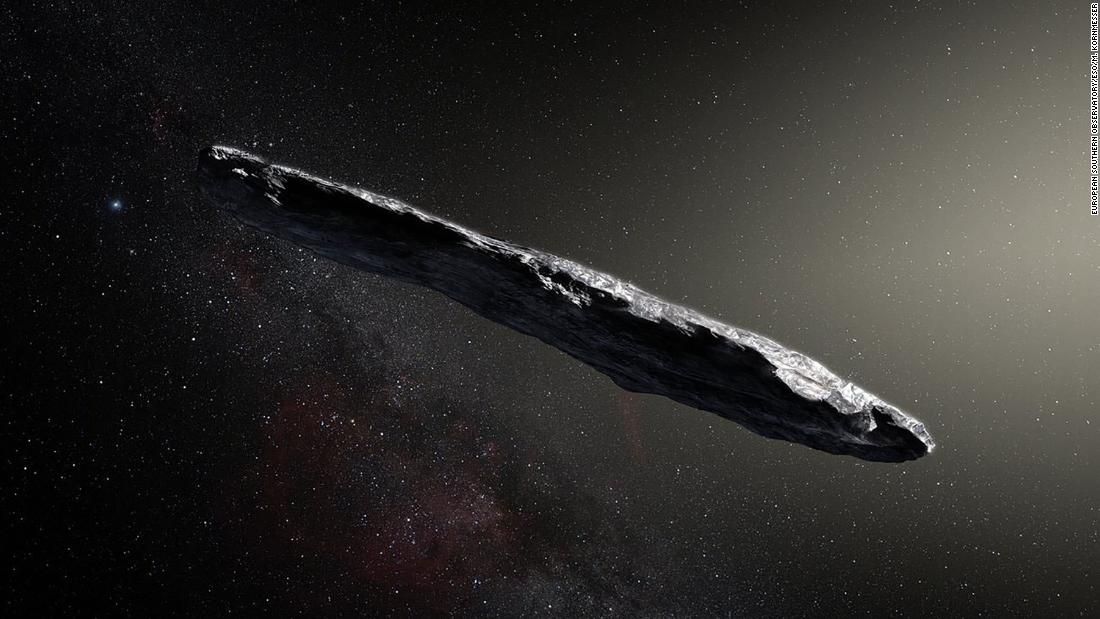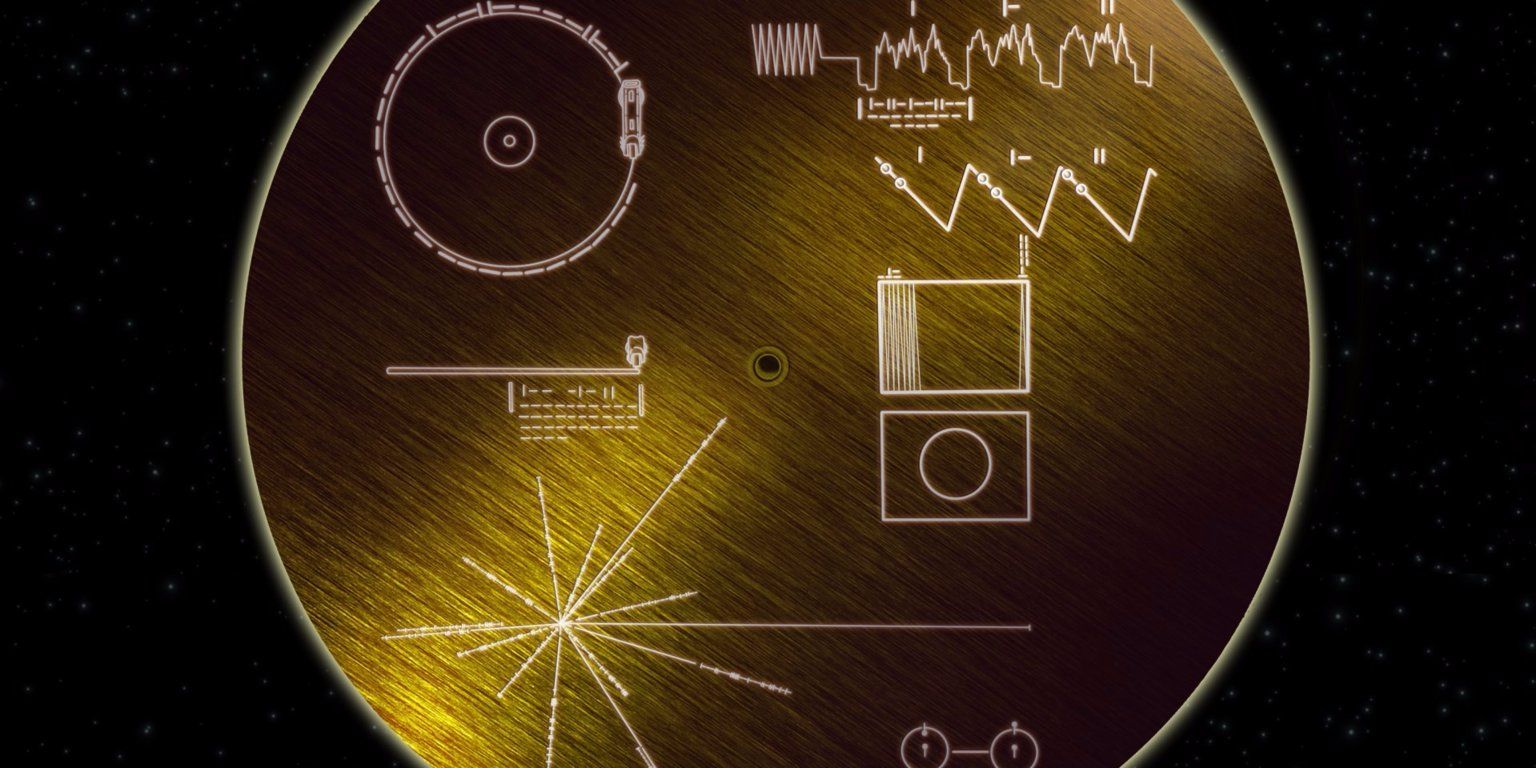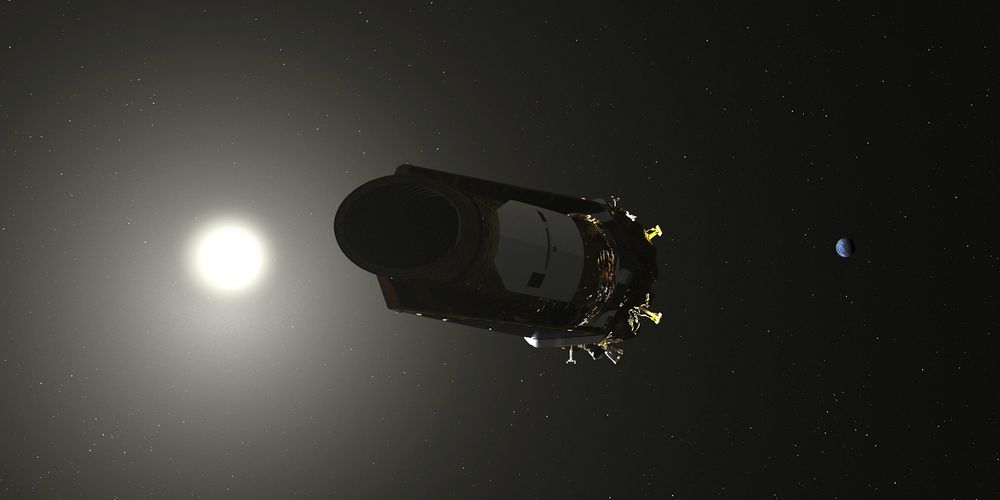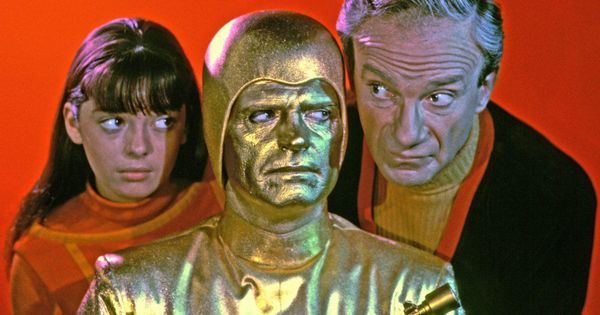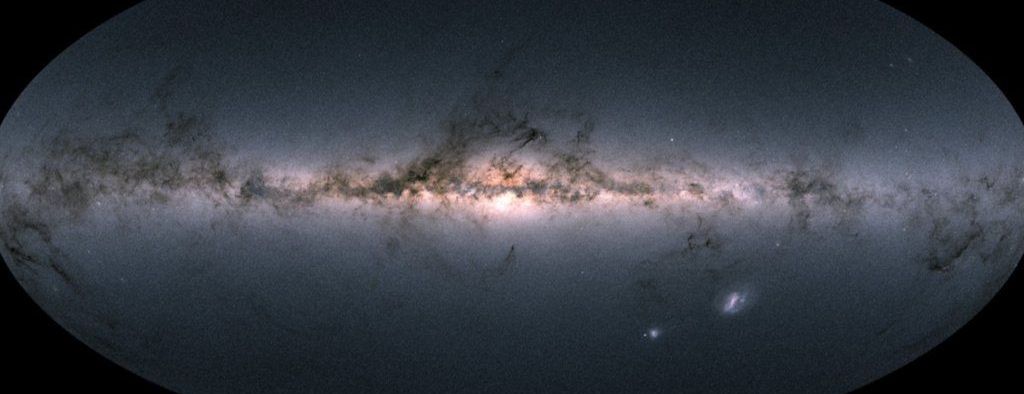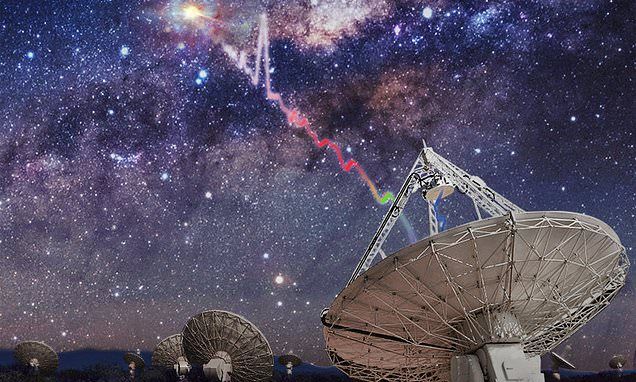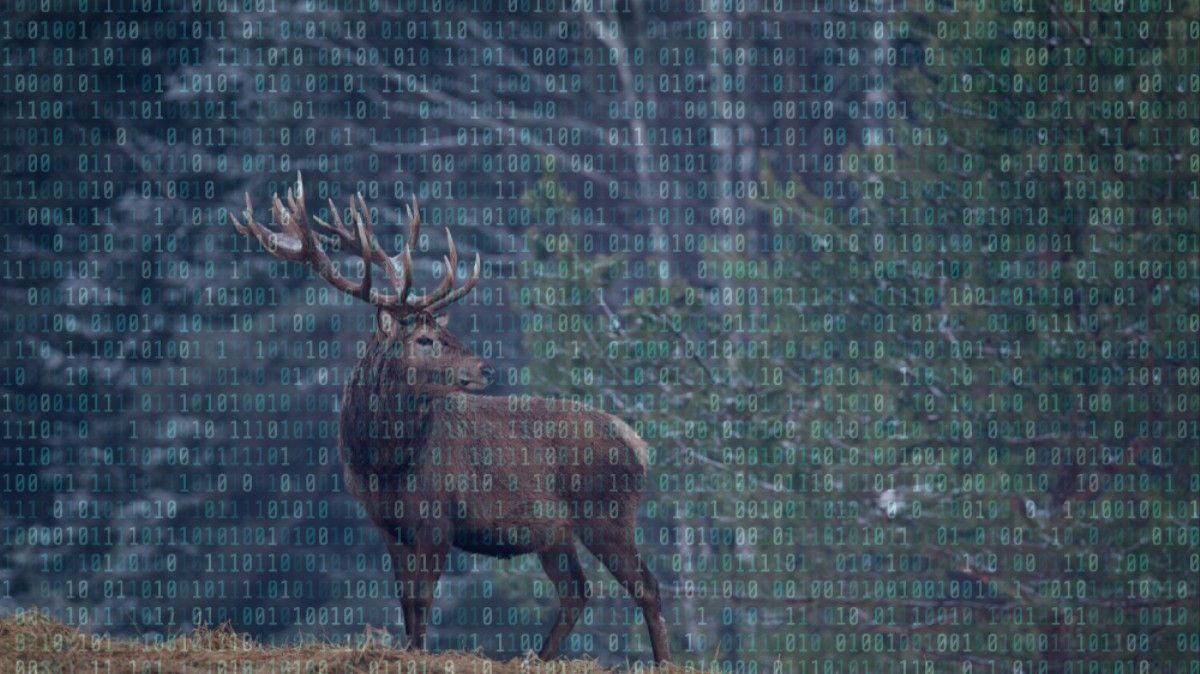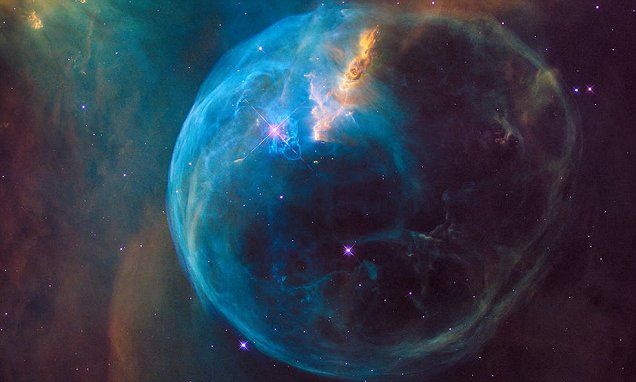A mysterious cigar-shaped object spotted tumbling through our solar system last year may have been an alien spacecraft sent to investigate Earth, astronomers from Harvard University have suggested.
The object, nicknamed ‘Oumuamua, meaning “a messenger that reaches out from the distant past” in Hawaiian, was first discovered in October 2017 by the Pan-STARRS 1 telescope in Hawaii.
Since its discovery, scientists have been at odds to explain its unusual features and precise origins, with researchers first calling it a comet and then an asteroid, before finally deeming it the first of its kind: a new class of “interstellar objects.”
